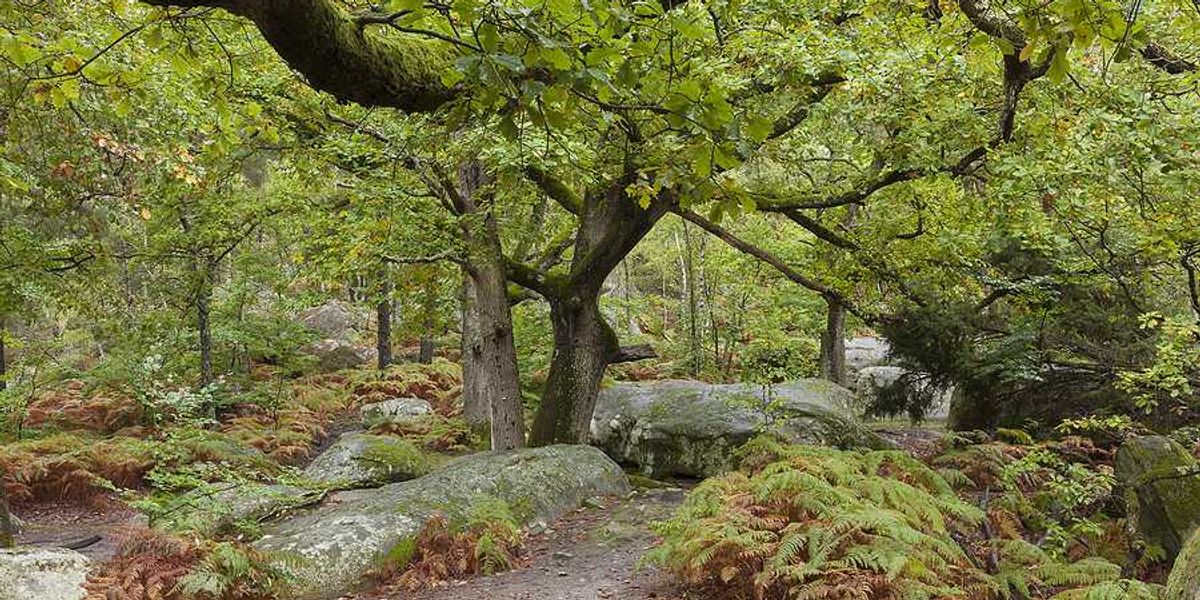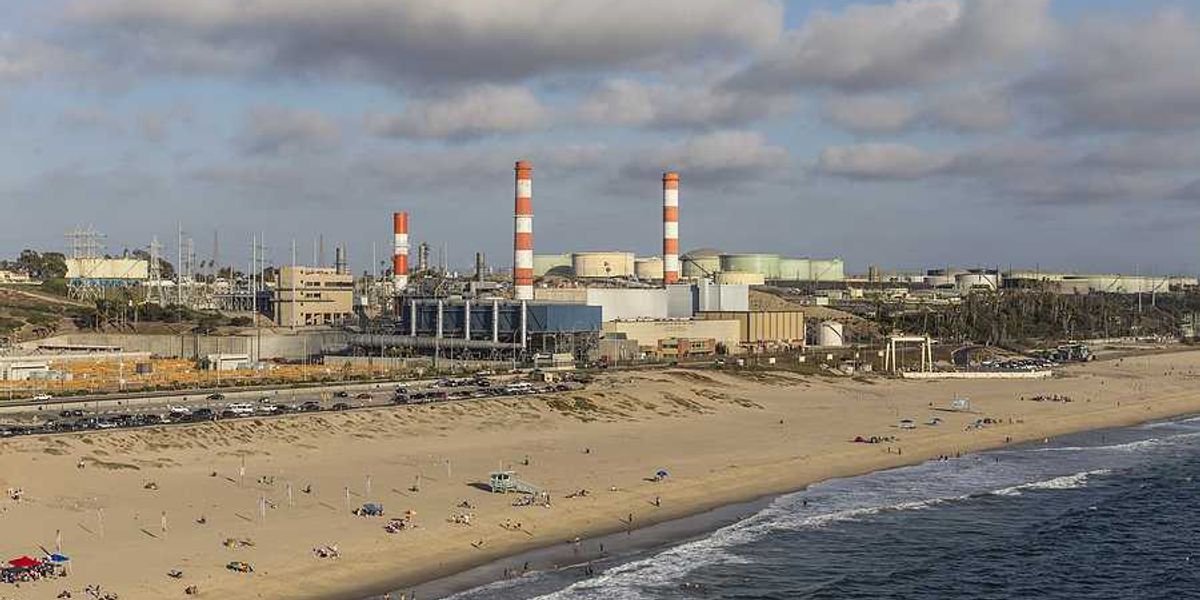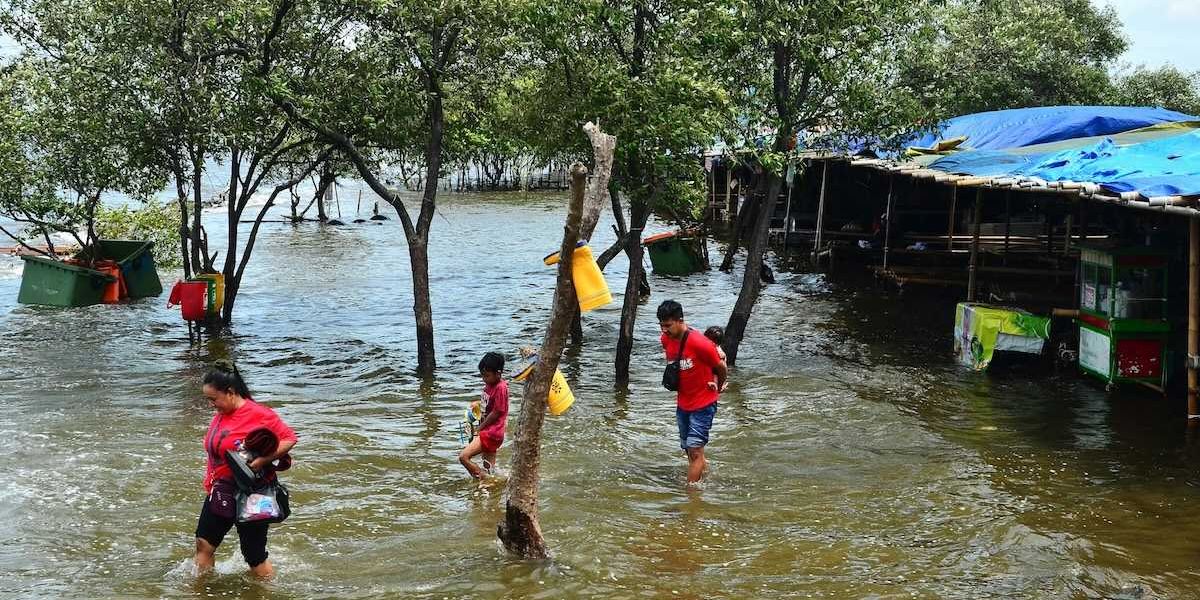26 July 2024
Cities struggle as storm prep burden shifts to citizens
Rapidly intensifying storms are forcing cities to adapt as residents increasingly shoulder the burden of disaster preparedness and evacuation planning.
Sara Sneath reports for The Atlantic.
In short:
- Cities have less time to order evacuations due to faster storm intensification, putting residents at risk of being trapped or facing unnecessary evacuations.
- Community groups and local organizations in New Orleans are stepping up to fill gaps in disaster preparedness with resource centers and solar panels.
- Climate change is reducing vertical wind shear, leading to more rapid storm intensification near coastlines, exacerbating the challenge.
Why this matters:
As climate change accelerates storm intensification, cities and residents must adapt quickly to new disaster preparedness challenges. Effective community collaboration and self-reliance become crucial in safeguarding lives and property.
Related EHN coverage:













